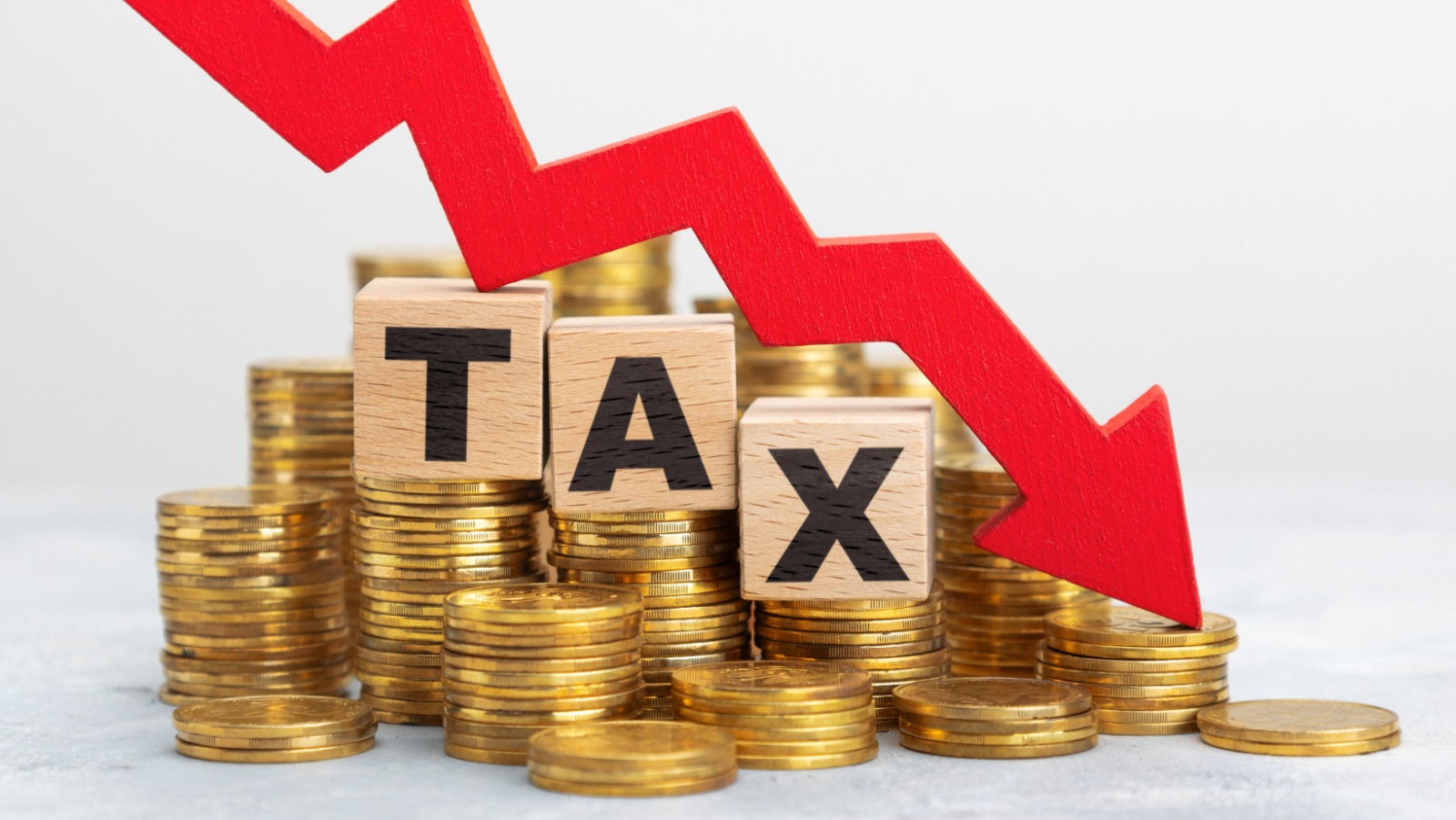Tax Incentives: A Boost for Business Investments (Part 2)
Invest More, Save More: Exploring Tax Benefits for Businesses

Attracting Investment to Specific Locations
Governments
also use tax incentives to promote development in specific regions, especially those that are underdeveloped or facing unemployment. Special Economic Zones (SEZs) and Industrial
Corridors often come with lower tax rates and other benefits
to attract companies to invest there.
This helps in:
· Balancing regional development,
· Creating local employment opportunities,
· Reducing migration to big cities.
However, this strategy must be used carefully to avoid excessive
competition between states or countries offering very low tax rates just to attract businesses.
Are Tax Incentives Always Effective?
While tax incentives can be helpful, they are not always successful. Their effectiveness depends on how well
they are designed
and monitored. Some
challenges include:
·
Revenue loss: The government collects less tax, which may affect spending on public services
like healthcare and education.
·
Misuse:
Some companies may take advantage of incentives without actually
increasing their investment.
· Inequality: Large companies often benefit more than small businesses.
To avoid
these problems, governments must ensure that incentives are targeted, transparent, and regularly reviewed. They should also
measure the results to check if the incentives
are actually leading to more jobs, investment, and innovation.
Conclusion
Tax incentives are an important tool to promote business investment, economic growth, and innovation. When used wisely, they can lead to more jobs, better technology, and a stronger economy. However,
they should be part of a broader
economic policy that includes good infrastructure, skilled workers, and a stable business environment.
Governments
must balance the short-term loss in tax revenue with the long-term benefits of increased economic activity.
A well-planned tax incentive policy can make a country more attractive for investment while ensuring fair and sustainable growth for all.
-Team ELPL